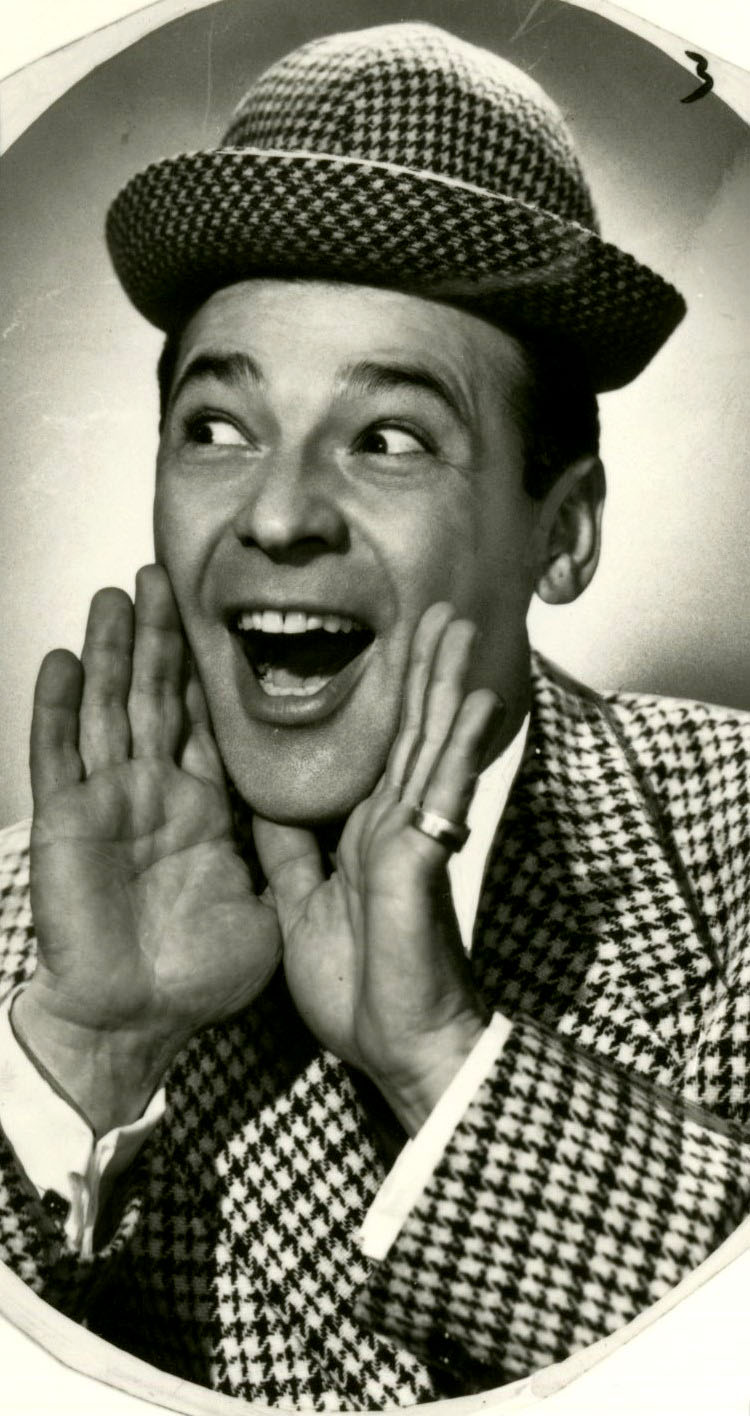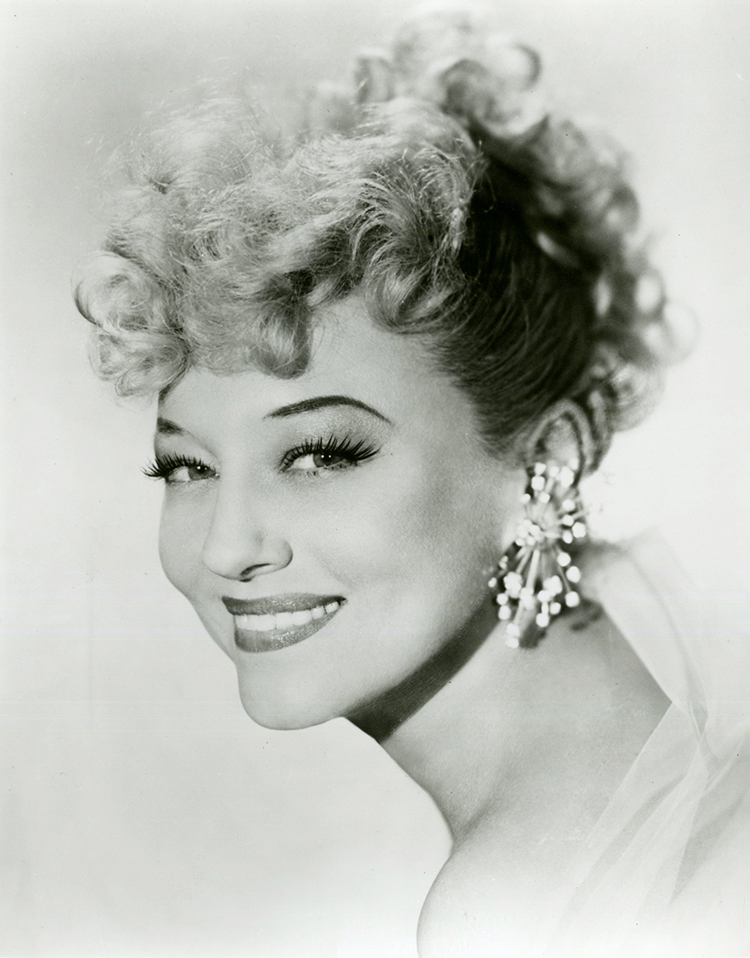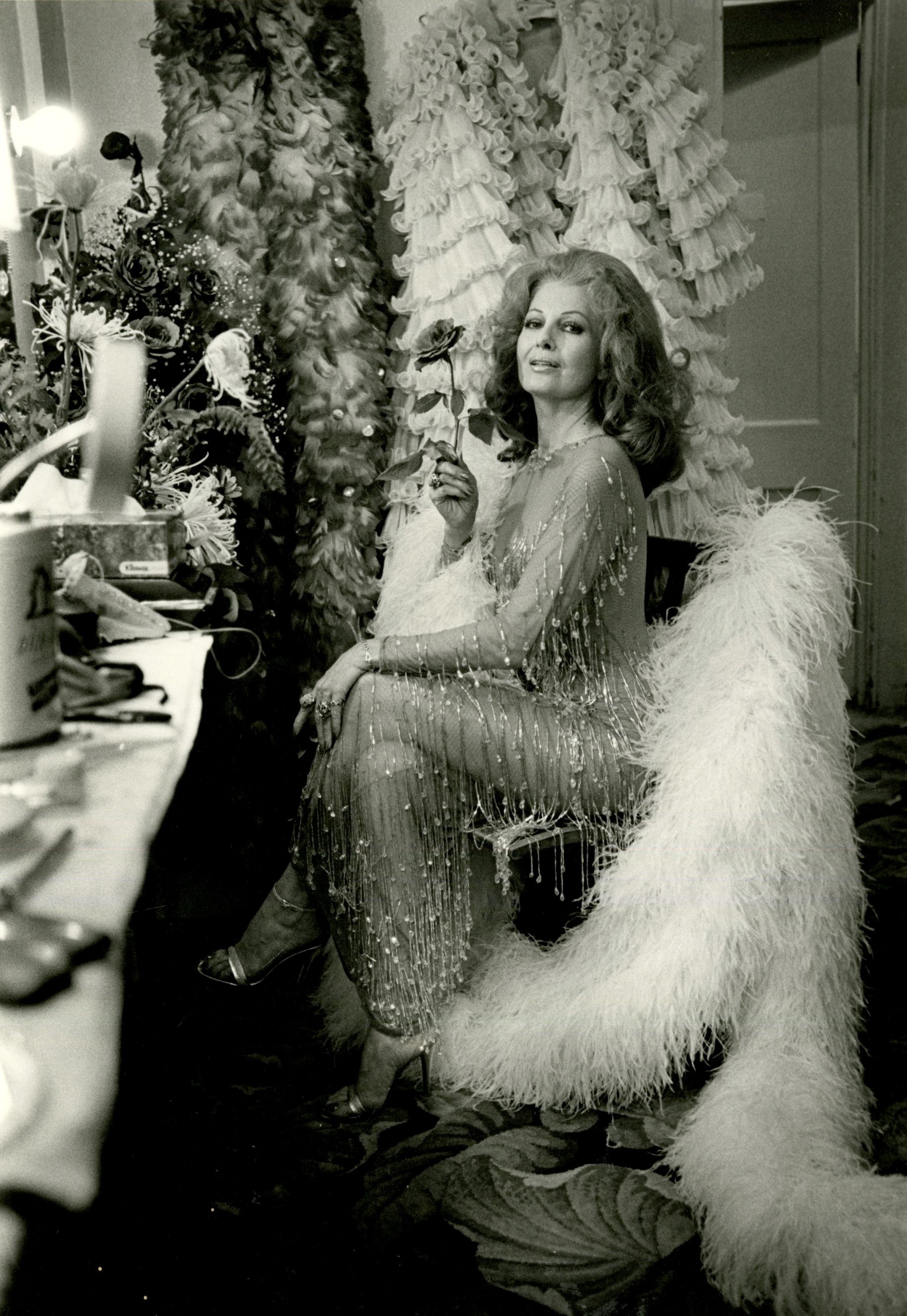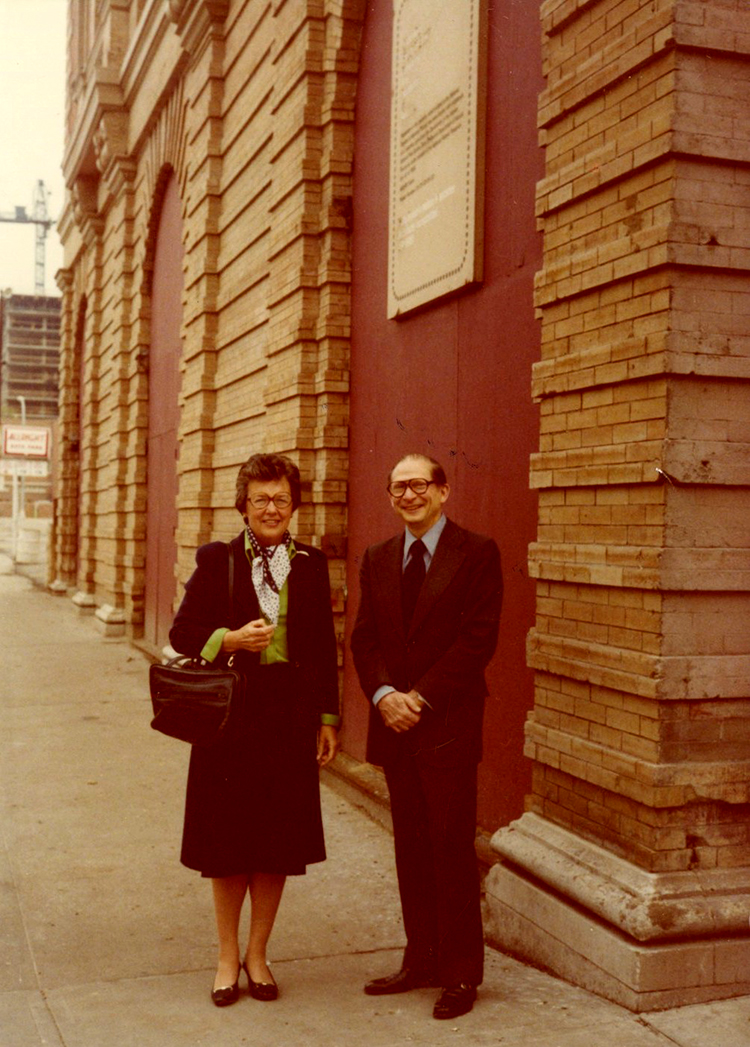The Grand Old Lady of 12th Street: The Folly Theater
We are pleased to announce a new addition to our archives! The Folly Theater Collection (SC223), which contains over 300 boxes full of vintage burlesque and performing arts history, is now available to researchers in the Missouri Valley Room.
As Kansas City’s oldest theater in operation, the Folly has assumed various names and identities throughout its 120+ year lifespan—from a vaudeville, burlesque, and Shakespearean playhouse, to an X-rated movie theater, potential parking lot, and finally, a restored performing arts venue worthy of the National Register of Historic Places.
Let’s explore the complex history of the “Grand Old Lady of 12th Street” and the countless performers who have graced her stage.

THE STANDARD THEATER (1900)
For starters, the Folly was not always the Folly. The familiar building at 12th and Central first opened as the Standard Theater on September 23rd, 1900, with a production of The Jolly Grass Widows. Described as a playhouse of “polite burlesque,” the theater was owned by Colonel Edward Butler, a St. Louis businessman, and managed by his son James Butler.

Architect Louis Singleton Curtiss designed the Standard Theater. Its distinctive façade bears stylistic elements—such as the triple arch window—inspired by the work of Renaissance architect Andrea Palladio. The theater was also outfitted with incandescent lightbulbs, a cutting-edge feature at the time.


THE CENTURY THEATER (1901-1922)

By the 1901-1902 season, the Standard Theater was renamed the Century and was under the management of Joseph Donegan. Affectionately called the “Angel of Twelfth Street,” Donegan also operated the neighboring Edward Hotel and was a key figure in Kansas City nightlife. The Century’s repertory expanded to include plays, burlesque comedies, boxing matches, and vaudeville acts. Prize fighters Jack Dempsey and Jack Johnson both appeared at the Century, along with vaudeville stars Fanny Brice, Al Jolson, and Eddie Foy.

On May 2, 1920, a fire caused substantial damage to the theater during a performance. According to The Kansas City Star, the fire was caused by faulty wiring and began under the flooring of the west gallery. The Century later closed for repairs.

SHUBERT MISSOURI THEATER (1923-1932)

After a $128,000 remodel, Lee and J.J. Shubert of New York took over the building lease. The theater was rechristened the Shubert Missouri and opened in the fall of 1923. During the Shubert years, it became a “legitimate theater,” presenting Shakespearean plays and many performers on the cusp of stardom, such as the Marx Brothers, Humphrey Bogart and Shirley Booth.

Bogart, then an unknown actor, would appear in a 1924 production of Meet the Wife, while Booth performed at the theater with the National Players in 1927-1928 season. Shortly after, the Shuberts began to sublease the theater to a burlesque troupe. Gypsy Rose Lee, who would become one of the most well-known burlesque stars, made her burlesque debut there in 1929. The Shubert Missouri lasted until 1932, when it closed during the Depression.

GOLDEN ERA OF FOLLY BURLESQUE (1940s-1950s)
The building again reopened for regular shows in 1941, this time as the Folly Burlesque. The theater was now primarily a burlesque house, showing striptease acts by Gypsy Rose Lee, Tempest Storm, Sally Rand, and many others. During World War II, the theater held up to five shows per day for soldiers traveling through Union Station. The Folly also featured famous comedians, such as Pinky Lee, during its burlesque heyday.






DECLINE & RESTORATION (1960s-1981)


By the 1960s, burlesque had become less popular, and the Folly began to decline. Dancers and live shows were eventually replaced with adult films and, in 1969, an arsonist caused significant damage to the western portion of the building. After barely surviving as an X-rated movie house, the theater finally closed its doors in January of 1974, by then dilapidated from years of neglect. The building was slated to become a future parking lot.

Amid bids for the Folly’s demolition, Joan Kent Dillon and William Deramus III led a campaign to save the building. By June of 1974, the theater was placed on the National Register of Historic Places, and Dillon and architect Bob Berkebile began discussing its restoration. The Performing Arts Foundation, a non-profit organization, merged with Standard Redevelopment Corporation and purchased the building with funds raised from various foundations and community sources.


The restoration process lasted about eight years and notoriously involved the excavation of nine tons of pigeon droppings. The total cost of restoration was $4.4 million. The Folly Theater finally reopened on November 7th, 1981, with Walter Cronkite serving as honorary chairman of rededication and burlesque superstar Tempest Storm in attendance. Mayor Richard Berkley flipped on the façade lights. The comedy Room Service was the first performance held at the newly reopened theater.


THE FOLLY THEATER: A NEW ERA (1981-PRESENT)

The Folly Theater proceeded to operate during the next four decades and beyond, hosting several signature series, including Folly Jazz and Friends of Chamber Music, and offering the theater for rent to the community. The theater has hosted the dance companies of David Parsons, Paul Taylor, and Alvin Ailey American Dance Theater, and countless performers including Dizzy Gillespie, Count Basie Orchestra, Pearl Bailey, Rosemary Clooney, Marcel Marceau, Yo-Yo Ma, Wynton Marsalis, and Gregory Hines. Often called “Kansas City’s Carnegie Hall” because of its acoustics, the Folly Theater continues to be a sought-after event space.



Now, more of the theater’s 122-year history lies waiting to be discovered through the Folly Theater Collection. This treasure trove of documents, photographs, and artifacts is a key resource for researchers interested in vintage burlesque, local performing arts, architecture, and historic preservation. Contact the Missouri Valley Room to plan a research visit.


